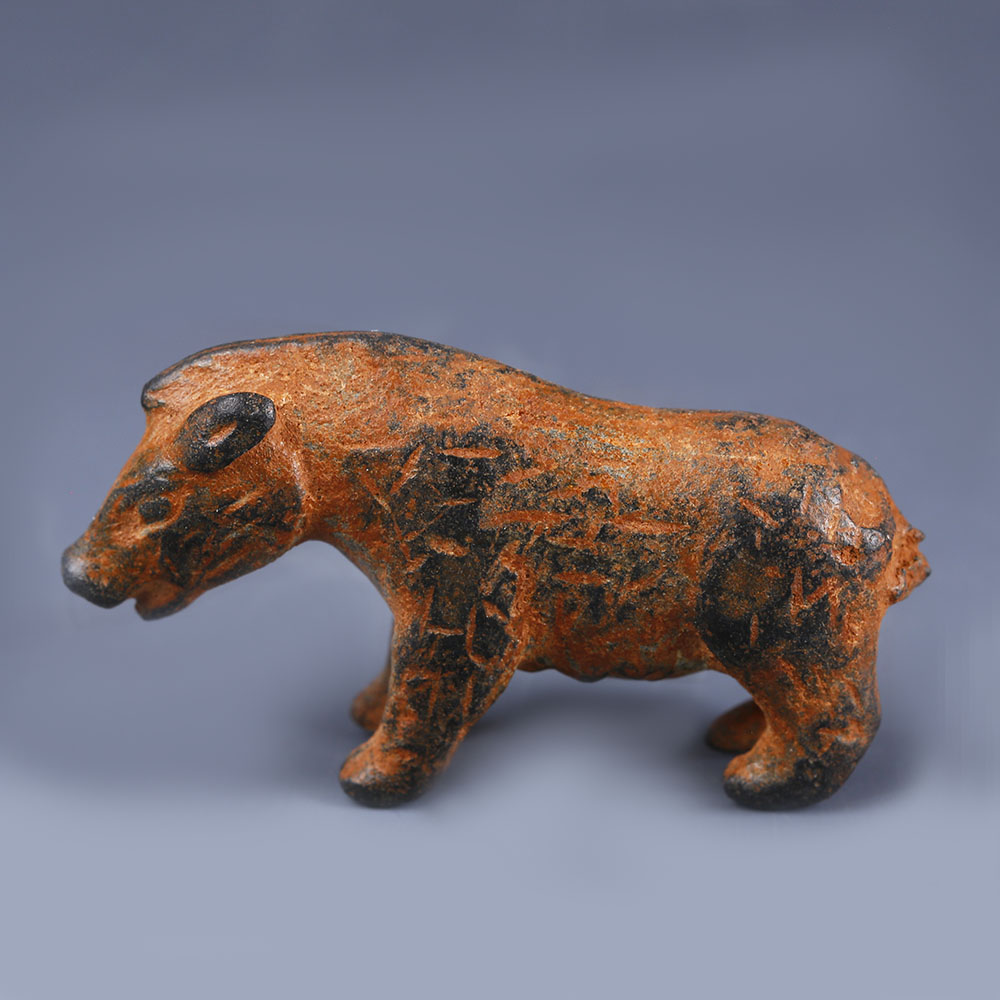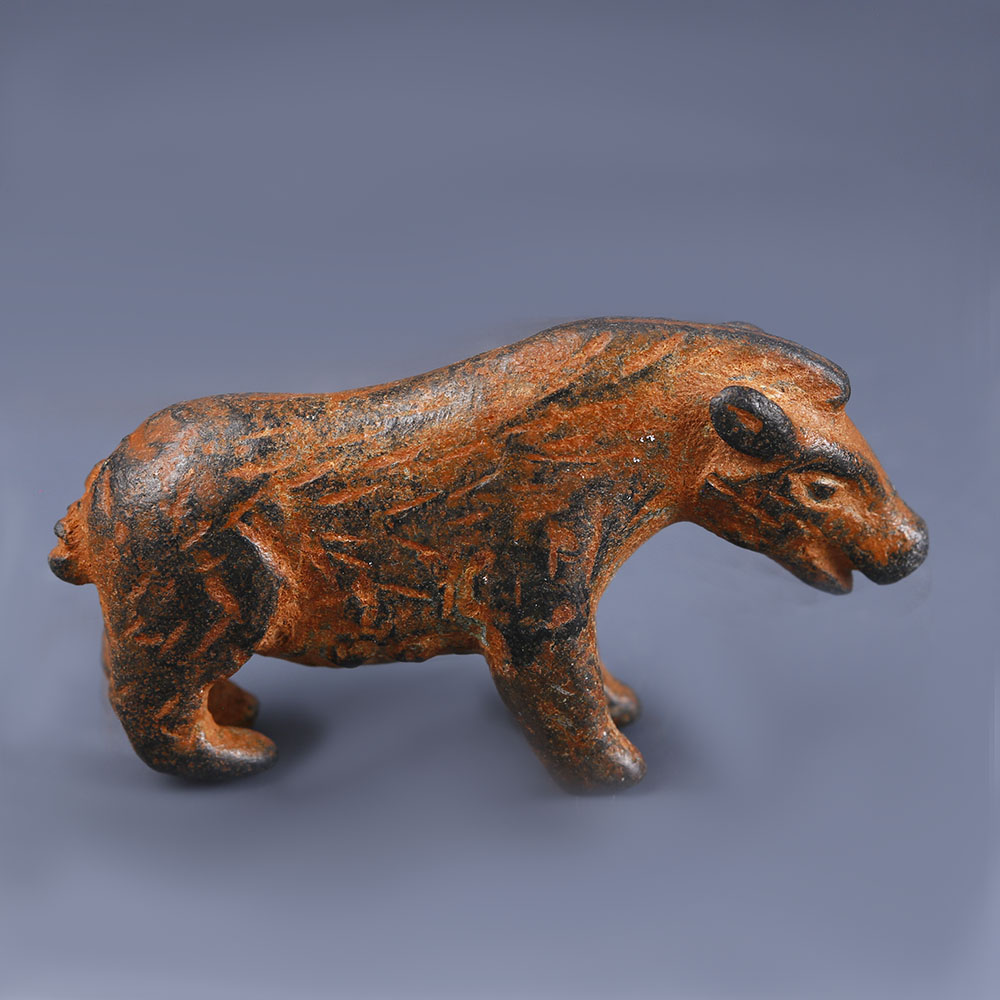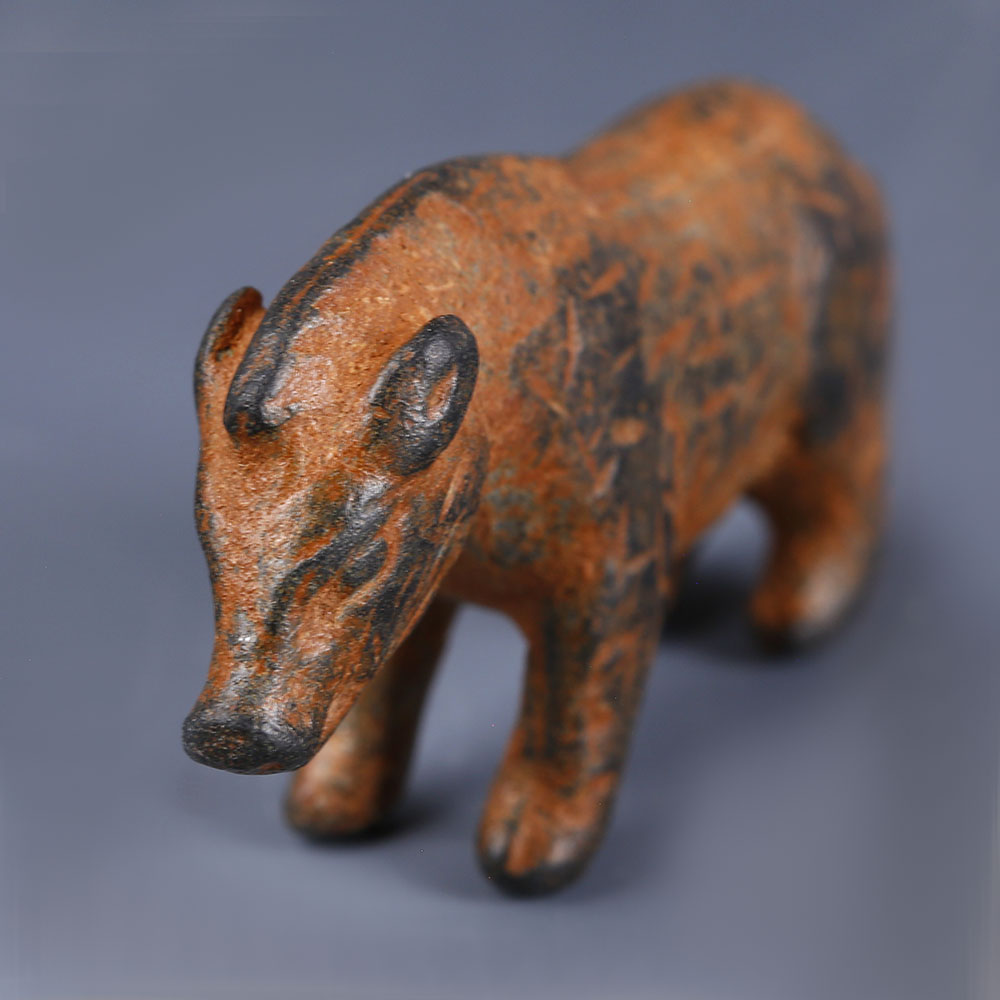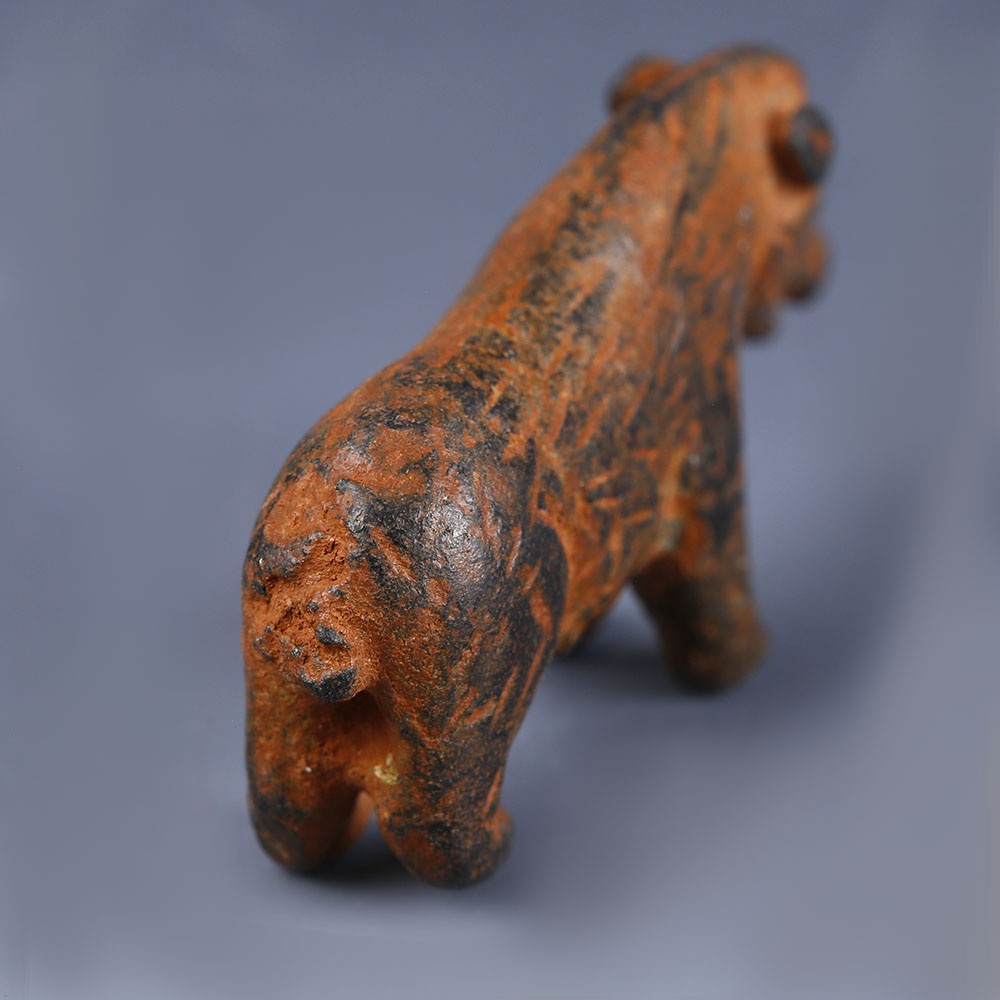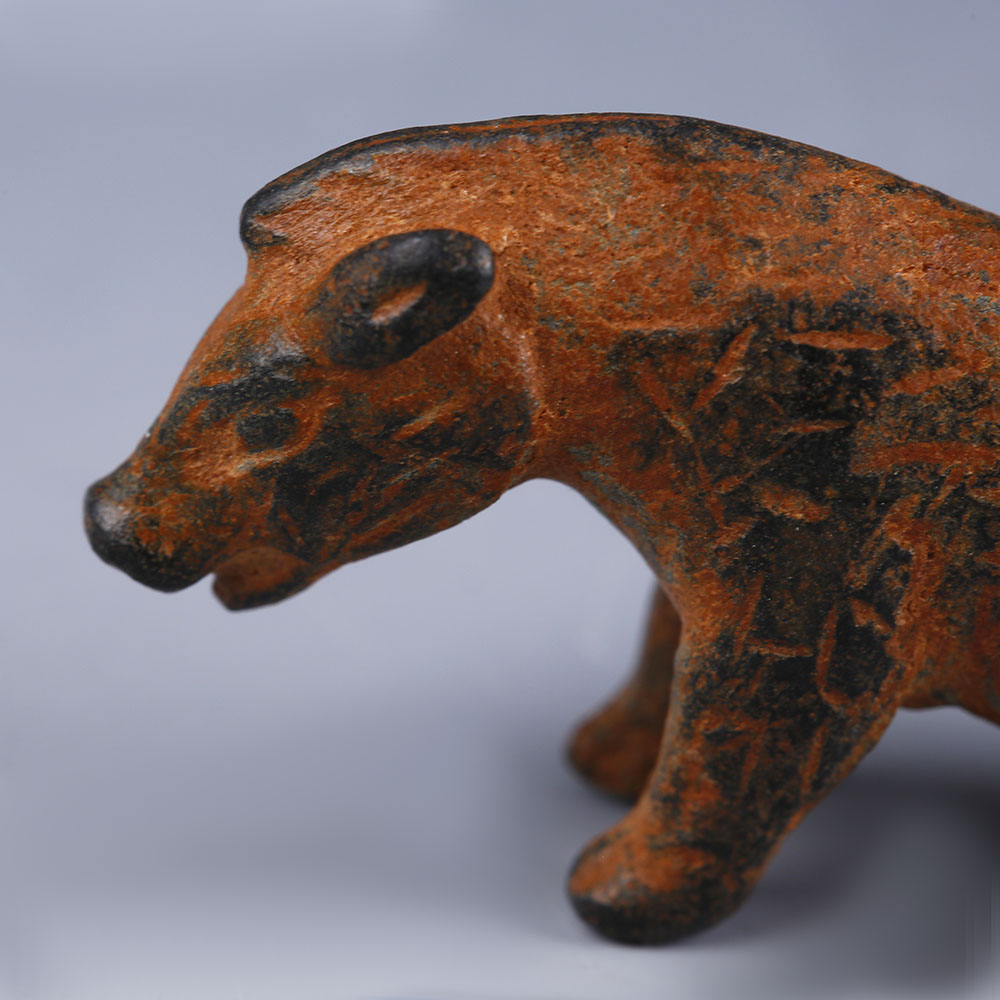The boar played an important role in ancient Greek and Roman culture. It was often associated with its capacity to destroy humans and crops, with boar hunting consequently becoming a popular pastime amongst Romans, considered strengthening the body and mind. It was also a recurring motif in myths: hunting down the Erymanthian Boar was Hercules’ fourth labour, and the hunt of the Calydonian Boar had made a name for Atalanta’s skills.
To discover more about other animals in Roman art, please visit our relevant blog post:Animal Symbolism in Roman Art.
